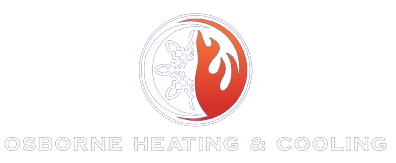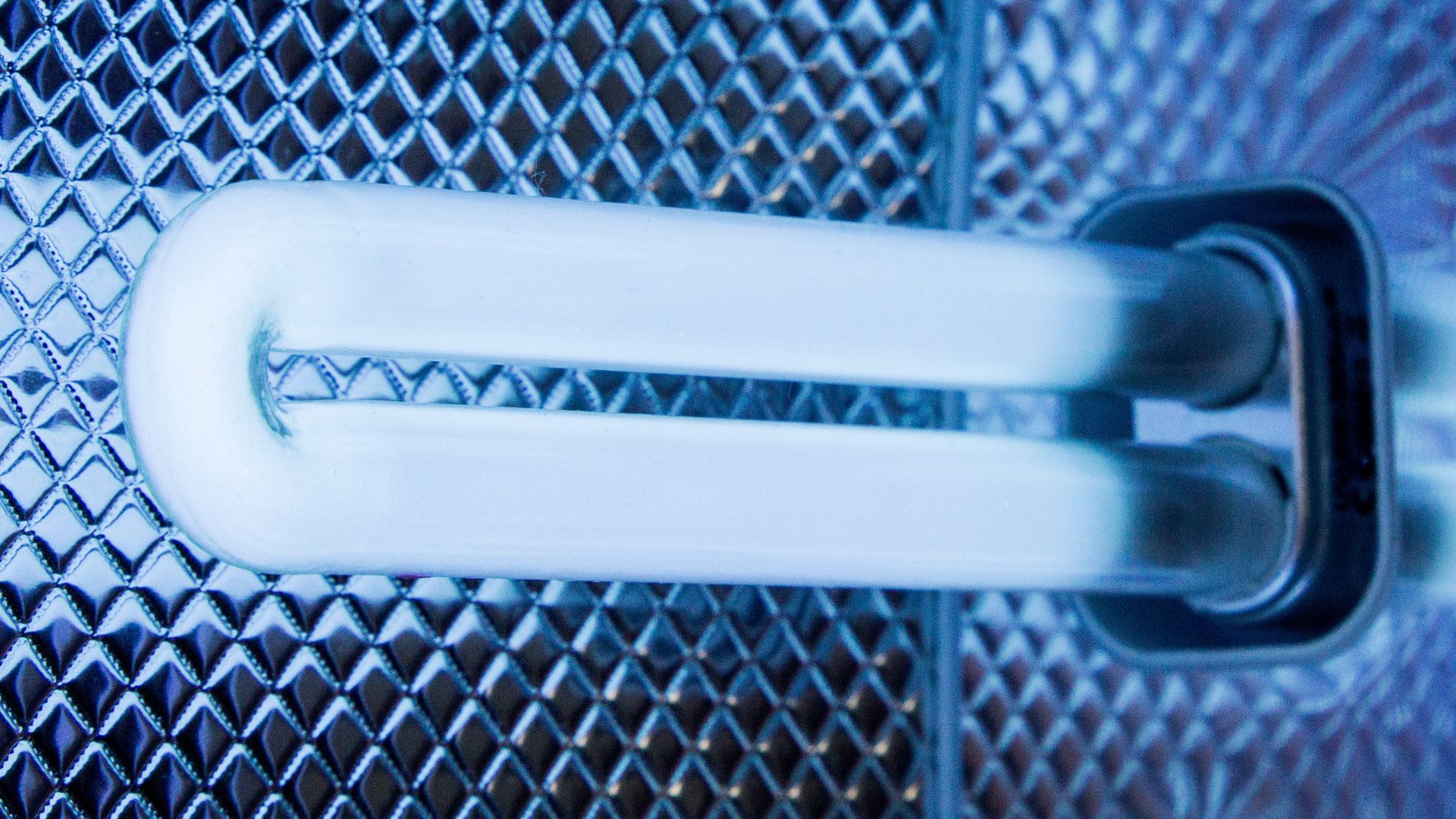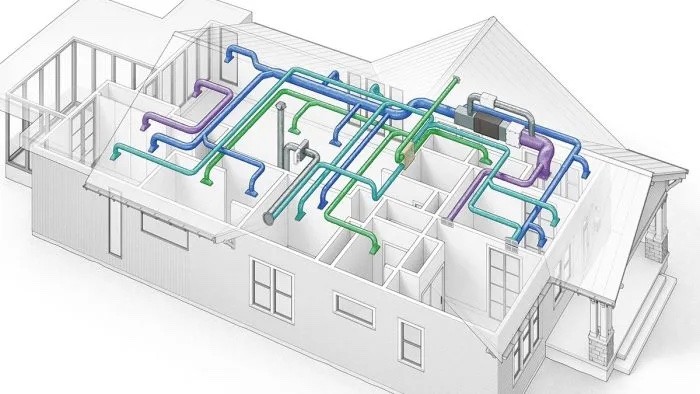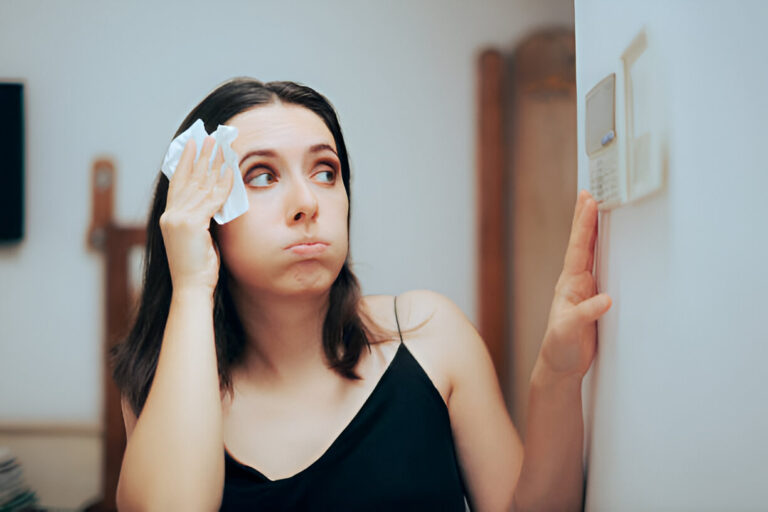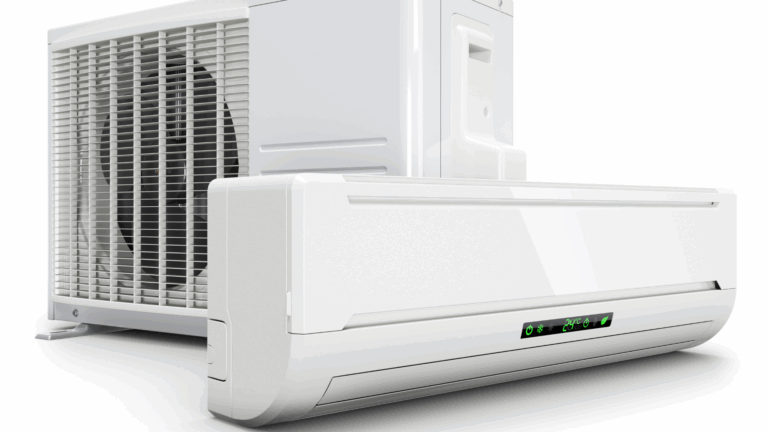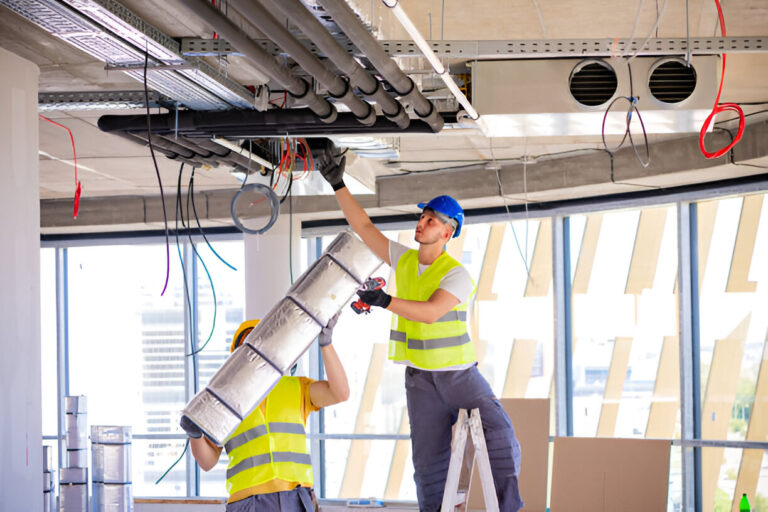UV Lights for HVAC: What Every Homeowner Should Know
If you’ve been looking for ways to improve your indoor air quality, you may have come across UV lights for HVAC systems. Homeowners across the U.S. are increasingly turning to this technology, curious about whether it’s worth the investment. After all, between allergies, seasonal illnesses, and rising awareness about indoor air pollution, cleaner air has become a top priority.
But what exactly are UV lights in HVAC systems? Do they really work, and are they safe? In this guide, we’ll cover everything you need to know, from how UV technology works to costs, pros and cons, and whether it’s the right choice for your home.
What Are UV Lights in HVAC Systems?
UV lights, or ultraviolet germicidal lamps, are devices installed inside your HVAC system to neutralize microorganisms like mold, bacteria, and viruses. They use ultraviolet-C (UVC) light, which has a wavelength between 200–280 nanometers. This specific range is powerful enough to disrupt the DNA or RNA of microorganisms, preventing them from reproducing.
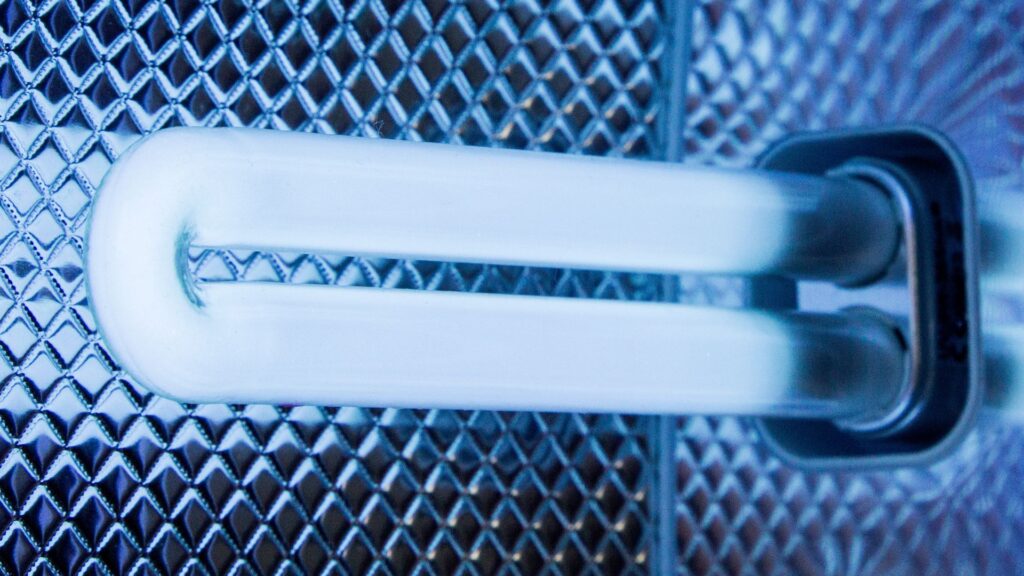
In HVAC applications, UV lights are typically installed:
- Near the evaporator coil to prevent mold and biofilm buildup.
- Inside the ductwork to neutralize airborne pathogens circulating through your system.
This technology isn’t new. In fact, UV-C lights have been used in hospitals, laboratories, and water treatment facilities for decades because of their effectiveness at reducing microbial contamination.
How Do UV Lights Work in HVAC Systems?
When installed correctly, UV lights emit constant low-level radiation inside your HVAC unit. As air passes over the coil or through ducts, microorganisms are exposed to this UV energy.
Here’s what happens step-by-step:
- Air enters the HVAC system carrying dust, allergens, and microbes.
- Moisture on coils often creates a breeding ground for mold.
- UV lights radiate the coil or airflow, damaging the cells of bacteria, viruses, and fungi.
- Over time, these organisms die or become inactive, preventing them from spreading into your home.
According to the U.S. Environmental Protection Agency (EPA), UV systems are most effective when used alongside proper filtration and ventilation, rather than as a stand-alone solution.
The Science Behind UV Light Technology
UV germicidal irradiation (UVGI) is backed by decades of scientific research:
- A study published in ASHRAE Journal found that UV-C systems installed in HVAC units significantly reduced microbial contamination on coils, improving airflow efficiency.
- According to the U.S. Department of Energy (DOE), cleaner coils and ducts from UV treatment can improve energy efficiency by reducing airflow resistance.
- The EPA Indoor Air Quality division states that UVGI is effective against mold and bacteria on damp HVAC surfaces, though its effectiveness against airborne viruses depends on exposure time and system design.
In short: UV light technology is proven, but results vary based on your HVAC system design, installation quality, and maintenance.
Benefits of Installing UV Lights in HVAC Systems
Homeowners often ask whether UV lights are worth it. Here are the major benefits:
1. Improved Indoor Air Quality
By targeting mold spores, bacteria, and viruses, UV systems reduce airborne contaminants. This can be especially helpful for households with asthma, allergies, or compromised immune systems.
2. Reduced Mold Growth on Coils
Mold loves the damp environment of evaporator coils. UV lights prevent this buildup, reducing musty odors and improving system hygiene.
3. Energy Efficiency
A moldy coil restricts airflow and forces your system to work harder. Studies from DOE indicate that clean coils improve efficiency and can reduce energy consumption by 10–20%.
4. Extended HVAC Lifespan
Less microbial buildup means reduced wear and tear, keeping your system healthier for longer.
5. Peace of Mind
Even though UV lights aren’t a silver bullet for all pollutants, many homeowners feel more comfortable knowing they have an additional layer of protection.
Potential Drawbacks and Limitations
Like any technology, UV lights have pros and cons.
- Upfront cost: Installation ranges from $300 to $1,000 depending on the system type.
- Maintenance: Bulbs must be replaced every 12–24 months for effectiveness.
- Limited range: UV only works where the light shines. It won’t clean dust or capture non-biological particles like pollen.
- Ozone risk: Some older UV systems produce ozone, which can irritate lungs. Modern units are typically ozone-free, but always check manufacturer specs.
According to the EPA, UV lights should always be considered a supplemental air-cleaning strategy, not a complete solution.
Types of UV Lights for HVAC Systems
Not all UV lights are the same. Here are the main types used in residential HVAC:
1. Coil Sterilization
- Installed near evaporator coils
- Runs 24/7 to prevent mold and biofilm buildup
- Most common and affordable option
2. Air Sterilization
- Installed inside ductwork
- Operates when the blower runs
- Treats moving air and neutralizes airborne microbes
3. Portable UV Air Purifiers
- Standalone devices with HEPA filters + UV lamps
- Useful for targeted spaces but not a whole-home solution
Safety Considerations for Homeowners
Homeowners often worry: Are UV lights safe?
When installed inside HVAC units, UV lights are completely safe because the radiation is contained. However:
- Never look directly at a UV lamp, it can harm eyes and skin.
- Always choose ozone-free UV-C systems to avoid respiratory irritation.
- Have installations handled by licensed HVAC professionals to ensure correct placement and wiring.
Cost of UV Light Installation for HVAC
The cost of installing UV lights varies depending on the type and your system’s design.
| Type of UV Light | Average Cost (Installed) | Maintenance (Annual) |
| Coil Sterilization | $300 – $600 | $50 – $150 (bulb replacement) |
| Air Sterilization | $600 – $1,000 | $75 – $200 (bulb replacement) |
| Portable UV Purifier | $150 – $500 | $30 – $100 (filters + bulbs) |
While upfront costs may seem high, homeowners often see savings in reduced maintenance, fewer coil cleanings, and improved efficiency.
Do UV Lights Really Work? Expert Insights
This is the big question: Do UV lights live up to the hype?
- According to ASHRAE, UV-C is highly effective for controlling microbial growth on coils and drain pans.
- The EPA states UVGI systems can improve air quality but are most effective when combined with high-efficiency filters and proper ventilation.
- The Centers for Disease Control (CDC) has recommended UVGI for infection control in healthcare facilities since the 1950s.
So yes, UV lights do work, but they’re not a standalone solution. Think of them as one part of a whole-home air quality strategy.
Who Should Consider UV Lights for Their HVAC?
While any homeowner can benefit, UV lights are especially useful if:
- You live in a humid climate prone to mold.
- Someone in your home has allergies, asthma, or respiratory issues.
- You’ve noticed musty odors or visible mold near your HVAC system.
- You want to extend the lifespan and efficiency of your system.
Alternatives and Complementary Options
UV lights aren’t the only tool for cleaner air. Consider pairing them with:
- High-efficiency air filters (MERV 13 or higher)
- HEPA portable purifiers for bedrooms or living spaces
- Proper humidity control (30–50% indoor humidity recommended by EPA)
- Regular HVAC maintenance
Are UV Lights Right for Your Home?
UV lights for HVAC systems aren’t magic, but they are a proven, science-backed way to improve indoor air quality and system efficiency. Backed by research from the EPA, DOE, and ASHRAE, these systems can reduce mold, bacteria, and viruses while keeping your HVAC unit cleaner.
If you’re a homeowner looking for better air quality, fewer maintenance headaches, and peace of mind, UV lights may be worth the investment, especially when combined with proper filtration and ventilation.
